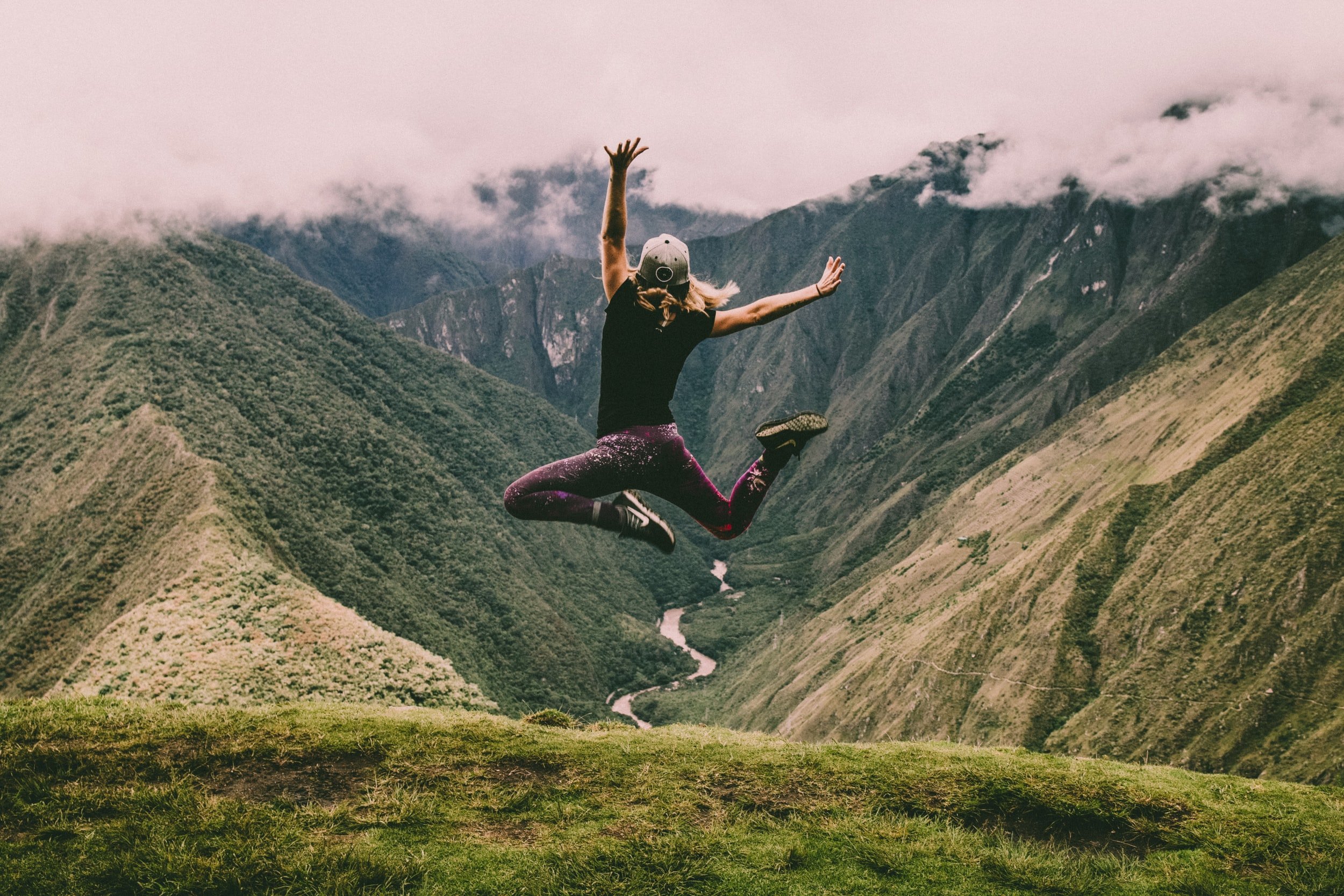4 Ways To Save Your Life
In the Northern Hemisphere, July and August can be the best months. It’s summer and our calendars are full of events and adventures. We meet up with family and friends to socialize, celebrate, and explore. We gather in backyards and city parks, on lakeshores and ocean beaches. We gather at our grandparent’s house or farm, fancy resorts, campgrounds, and dude ranches. We gather for family reunions, vacations, weddings, barbeques, outdoor concerts, garden parties, and to build Habitat for Humanity houses.
Summer gatherings offer great opportunities to tell stories from the past and to create new stories for the future. But most story-telling sessions include arguments. Every person involved remembers something different. We all have our own version of any story, which is why you can only tell what’s true for you.
True stories require documentation, so you’ll need to record events as they happen, or shortly thereafter. But that’s not difficult. All you really need is a notebook or a smartphone. If you want to go whole hog, you can also use a video camera or an external audio recorder.
Capturing your stories and memories can be as simple or as complicated as you want it to be. Your method of choice will depend on your willingness to spend time editing.
Here are 5 ways to save your life—on paper, in the cloud, and as digital files.
Journal or Notebook
Obviously, the least complicated way to record your life is to grab a pen and write what happened. Take short breaks during each day to jot down notes or spend some time writing before you go to sleep. You might also start each day by writing notes about that day’s agenda. Then you can fill in the details as the day goes on or write them later. Be sure to write down the names of people and places that’ll be important in your story for that day. Include scraps of conversation in your notes. Try to be as accurate as possible when quoting other people. Because no one likes to be misquoted.Smart Phone
You can record notes about specific events by talking into the voice-recorder app on your phone. You can also record conversations. (Be sure to get permission from the participants if you decide to use those recordings in anything public.) Use your camera app to take photos of important sites, landmarks, people, and activities. Take short videos. These recordings will be valuable references when you want to write about or remember what happened. Before your trips or event, check the “free” time limits on your apps. Upgrade to a paid subscription if you need additional time or storage space. Saving photos and posts on social media can also preserve clips of your stories. You can also make an entire movie using smart phone apps, but you might want to write a script or story board before you begin recording segments. And…Video Camera
Proceed with caution. Not everyone wants to be an actor in your story. Depending on the circumstances and intended use, you may need signed video release forms from the people in attendance. That’s probably not a consideration if it’s a family reunion or a wedding—most people expect video cameras at those events, although they expect them to be pointed at the guests of honor most of the time. Also be aware that some parents do not want pictures or video clips of their children posted on social media or web sites. But, if you’re an aspiring film maker, and your people are willing to participate, summer events can provide excellent opportunities for your craft and creativity.Audio Recorder
Surprisingly, recording audio may be your easiest, most effective, and least intrusive option. A hand-held digital recorder with a built-in microphone is about the size of a fat smart phone. So, it’s easy to carry around. And when you record in a .wav format, you’ll get broadcast quality audio. With a digital recorder, you can record yourself talking about what’s happening as events occur, in nearly any situation. No notebook needed! And, the sight of such a small recorder doesn’t usually make people cringe when you point it toward them. Some might even feel flattered, like you’re a journalist who wants to include their story in an important magazine piece. Sure, some people are shy, but there are ways to reassure them. Before you turn on the recorder, let them know that you’ll be able to edit out their 52 “likes” and “uhms” and any long pauses or mis-speaks. Tell they why you want to hear what they have to say. Remind them that their voice is unique and that, after a person dies, their loved ones often say that what they miss most is the sound of their voice. Again, if you intend to use any part of the recording in a public presentation or online, get their permission by recording their verbal consent. Record directly onto a memory card and then transfer the files to your laptop as soon as possible. Also, to be sure to save a backup in a cloud storage account.
Whatever way(s) you choose for documenting and preserving your stories, just do it! One month, one year, one decade, or a hundred years from now, you or someone else will be happy to read or see or listen to your stories. And you’ll all be glad you saved your life.
